
Discover the Historical Essence at the Border of Illyrian Provinces Monument
Explore the rich heritage of the Illyrian provinces at this iconic historical landmark in Zagreb, a must-visit for history lovers and tourists alike.
The Border of Illyrian Provinces Monument in Zagreb is a significant historical landmark that commemorates the rich heritage of the Illyrian provinces. This monument is not only a testament to the past but also a beautiful site for tourists to explore and enjoy the surrounding area.
A brief summary to Border of Illyrian provinces monument
- Remetinečka cesta 1, Zagreb, 10000, HR
- Visit website
Local tips
- Visit early in the morning or late afternoon to avoid crowds and enjoy a peaceful atmosphere.
- Bring a camera to capture the stunning details of the monument and the surrounding scenery.
- Check for any local events or exhibitions that may be taking place nearby during your visit.
Getting There
-
Public Transport
If you are starting from the main square, Ban Jelačić Square, walk to the nearest tram station, which is just at the square. Take tram line 6 or 4 towards the 'Sava' or 'Dubrava' direction. After about 15 minutes, get off at the 'Remetinec' stop. From there, it's a short 10-minute walk. Head west on Remetinečka cesta, and you will find the Border of Illyrian provinces monument at Remetinečka cesta 1.
-
Walking
If you are nearby, such as in the area around the Mirogoj Cemetery, you can walk to the monument. Start by heading east on Mirogojska cesta, then turn left onto Remetinečka cesta. Continue walking straight for about 30 minutes, and you will reach the Border of Illyrian provinces monument located at Remetinečka cesta 1.
-
Taxi or Rideshare
For a more direct route, consider using a taxi or rideshare service. Simply enter the destination 'Remetinečka cesta 1, 10000 Zagreb' into the app. Depending on traffic, the ride should take approximately 15-20 minutes from the city center.
Discover more about Border of Illyrian provinces monument
Iconic landmarks you can’t miss
Border of Illyrian provinces monument
0.0 km
Explore the rich heritage of the Illyrian provinces at this iconic historical landmark in Zagreb, a must-visit for history lovers and tourists alike.
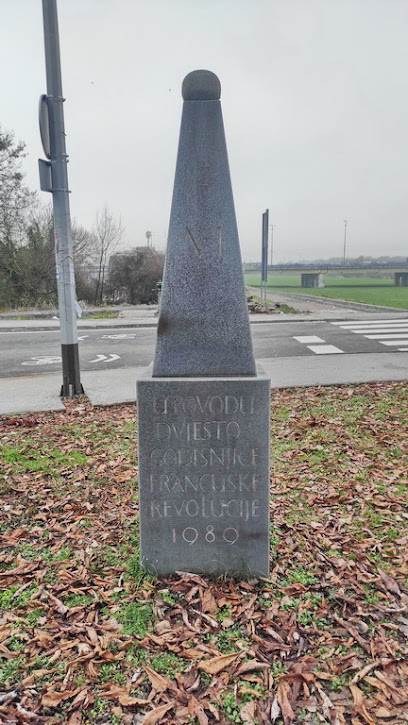
Paooro Cocktail Bar
1.4 km
Discover the lively Paooro Cocktail Bar in Zagreb, where expertly crafted cocktails and a vibrant atmosphere create unforgettable nightlife experiences.
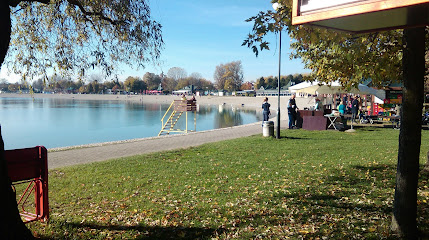
beach Jarun
1.5 km
Experience the natural beauty and vibrant atmosphere of Jarun Beach, a premier destination in Zagreb for relaxation and recreation.
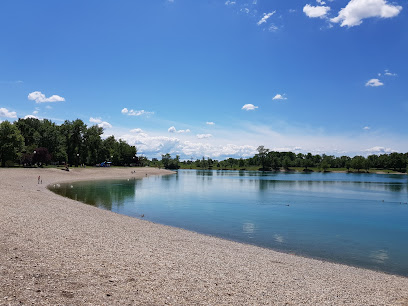
Jarun - malo jezero
1.5 km
Experience the serene beauty of Jarun - Malo Jezero, a perfect swimming lake in Zagreb for relaxation and outdoor activities amidst nature's charm.
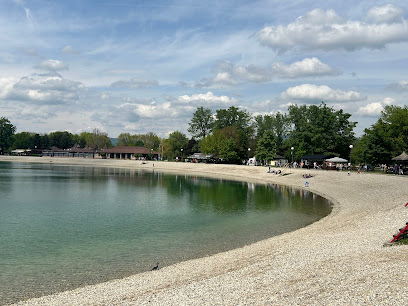
Secret Zagreb
2.0 km
Explore the hidden stories and authentic experiences of Zagreb with guided tours that unveil the city's rich culture and history.
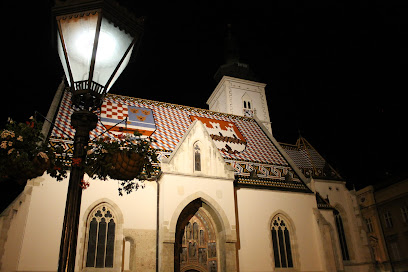
Berlin Wall Segment
2.1 km
Discover the Berlin Wall Segment in Zagreb – a significant historical landmark symbolizing the fight for freedom and unity in Europe.

Park za pse Jarun
2.5 km
Discover the ultimate dog-friendly haven in Zagreb at Park za pse Jarun, where pets and their owners can enjoy nature and community spirit.
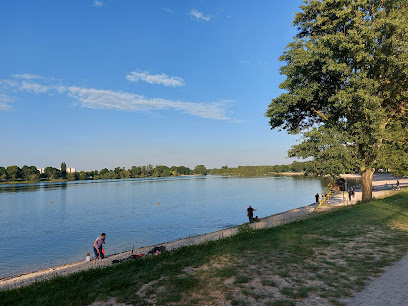
Homeland Memorial
2.7 km
Explore the Homeland Memorial in Zagreb, a sculptural tribute blending history and art in a serene memorial park dedicated to Croatian heritage.
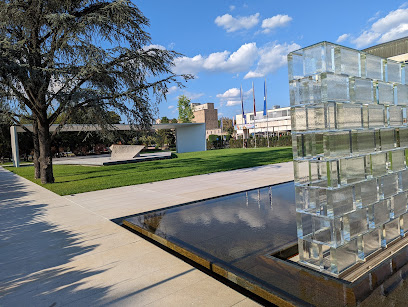
Croatian State Archives
2.8 km
Explore the depths of Croatian history at the State Archives in Zagreb, where centuries of documents and stories await discovery.
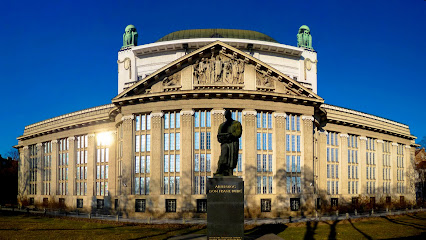
Park Jarun
2.8 km
Explore the captivating beauty and recreational charm of Park Jarun in Zagreb, a perfect blend of nature and leisure activities.
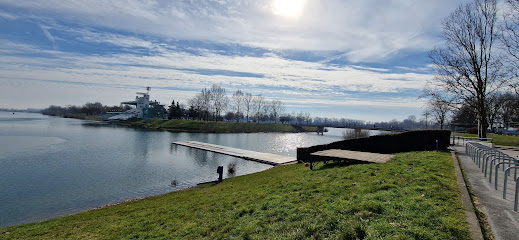
Zagreb Ethnographic Museum
3.0 km
Explore the vibrant heritage of Croatia at the Zagreb Ethnographic Museum, showcasing rich traditions and cultural artifacts in an immersive experience.
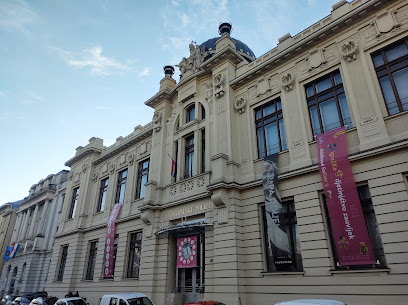
Standing nude boy sculpture
3.0 km
Discover the charm of Zagreb with a visit to the Standing Nude Boy Sculpture, a cultural landmark that embodies the city's artistic spirit.
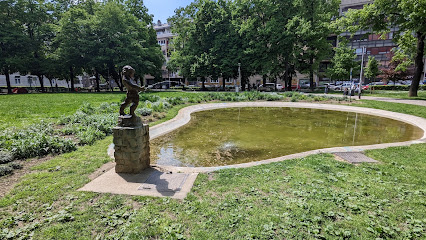
King Tomislav Fountain
3.2 km
Explore the enchanting King Tomislav Fountain in Zagreb, a historical landmark surrounded by stunning gardens and rich cultural heritage.
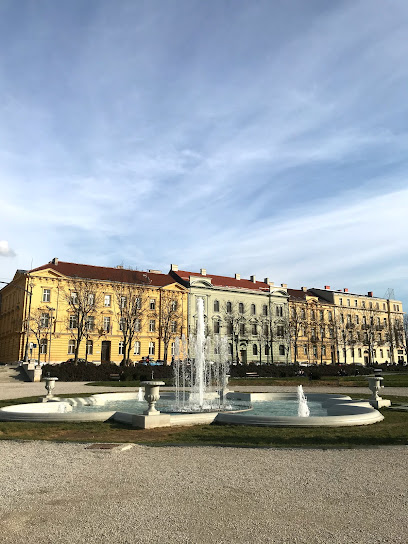
History of the Croats
3.3 km
Explore the rich heritage of Croatia through the iconic History of the Croats sculpture by Ivan Meštrović in Zagreb's vibrant city center.
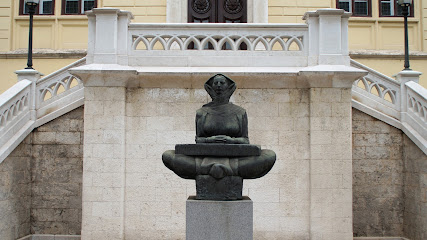
Kallina House
3.3 km
Explore Kallina House, a historical gem in Zagreb, showcasing stunning architecture and rich cultural heritage, perfect for every traveler.
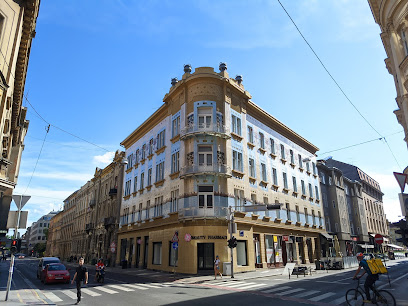
Unmissable attractions to see
Knežiji s ljubavlju
1.2 km
Discover the heart of Zagreb at Knežiji s ljubavlju, a charming tourist attraction that showcases local culture and vibrant community spirit.

A.L.M. d.o.o. Zagreb
1.4 km
Discover the artistic brilliance of Mersad Berber at A.L.M. d.o.o., a premier art gallery in Zagreb showcasing contemporary Croatian art.

Arena Zagreb
1.6 km
Discover the pulse of Zagreb at Arena Zagreb, where concerts and sports create unforgettable experiences in Croatia's vibrant capital.

Umjetnička Galerija Hart Prodaja Umjetničkih Slika i Izrada Okvira
2.0 km
Explore Umjetnička Galerija Hart in Zagreb for a captivating collection of contemporary art and custom framing services, perfect for art enthusiasts and collectors.
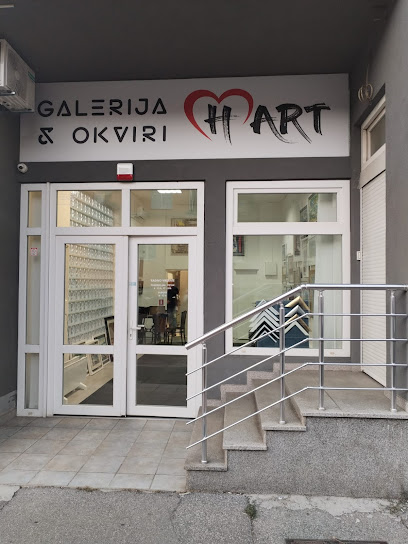
Museum of Contemporary Art
2.1 km
Explore the Museum of Contemporary Art in Zagreb, a vibrant hub of modern artistic expression and innovative exhibitions that inspire creativity.

Jarun - Otok hrvatske mladeži
2.2 km
Explore the serene beauty and recreational delights of Jarun - Otok hrvatske mladeži, a must-visit park in Zagreb for nature lovers and adventure seekers.
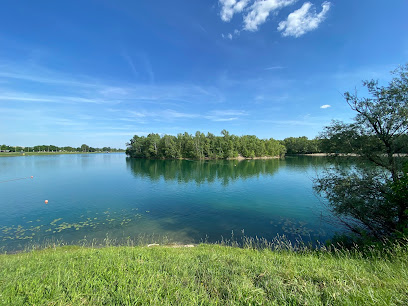
Bundek City Park
2.3 km
Explore Bundek City Park, a serene urban oasis in Zagreb with lush green spaces, recreational activities, and vibrant events for all ages.
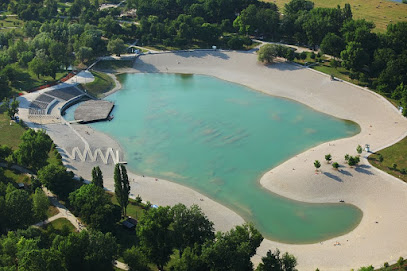
National and University Library in Zagreb
2.3 km
Discover the architectural beauty and rich cultural heritage of the National and University Library in Zagreb, a must-visit destination for every traveler.
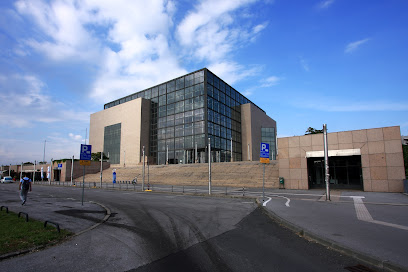
Muzejsko Memorijalni Centar Dražen Petrović
2.3 km
Discover the inspiring story of Dražen Petrović at this unique museum in Zagreb, celebrating the life and legacy of a basketball legend.
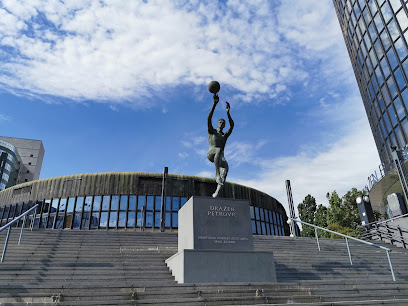
Zagreb Fountains
2.4 km
Explore the breathtaking fountains of Zagreb, where art meets nature in the heart of Croatia's vibrant capital, offering a serene retreat for every traveler.
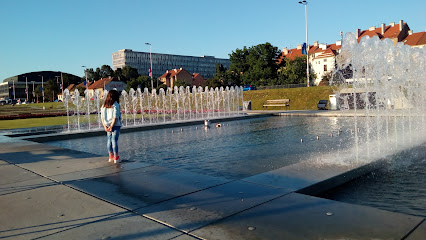
Solar Plexus Of Europe
2.4 km
Experience the tranquility of the Solar Plexus of Europe, a serene memorial park in Zagreb, blending history and nature in perfect harmony.
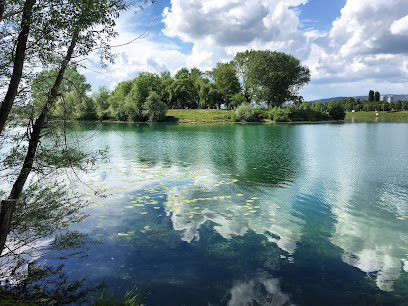
Teatar &TD
2.4 km
Immerse yourself in Zagreb's cultural scene at Teatar &TD, where innovative performances and emerging talent come together in a historic setting.
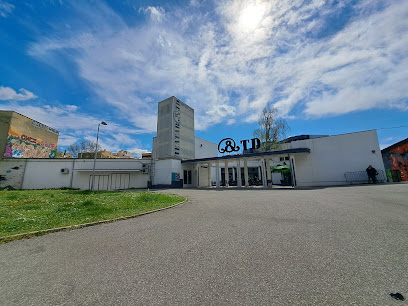
Nikola Tesla Technical Museum
2.4 km
Immerse yourself in the innovative world of Nikola Tesla at the Technical Museum in Zagreb, where science and technology come alive.
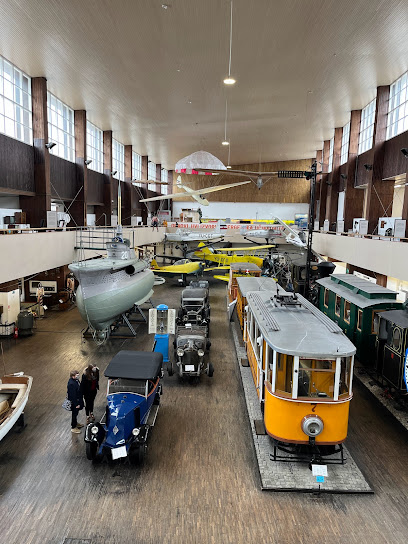
Town hall Zagreb
2.6 km
Explore Zagreb's Town Hall, an architectural gem and the civic heart of Croatia's vibrant capital, rich in history and local culture.
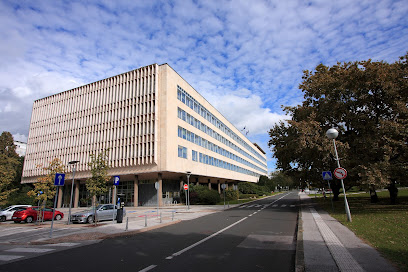
Rijeka Sava - Zagreb
2.7 km
Experience the ultimate fun at Rijeka Sava, Zagreb's premier water park with thrilling slides and slides, perfect for all ages and summer relaxation.

Essential places to dine
Balon
0.9 km
Discover Balon in Zagreb – where exquisite flavors meet elegant ambiance for an unforgettable dining experience.
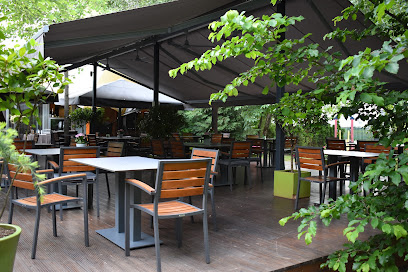
Restoran Madera
0.9 km
Experience authentic Croatian cuisine at Restoran Madera in Zagreb—where tradition meets culinary artistry.
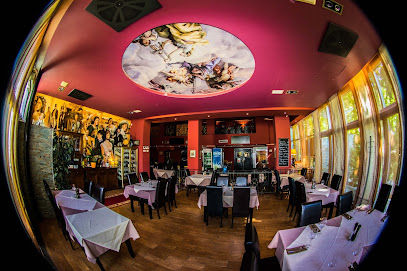
Lido - sala za vjenčanja Zagreb
1.5 km
Discover Lido in Zagreb: A premier wedding venue offering exquisite dining experiences amidst elegant settings.
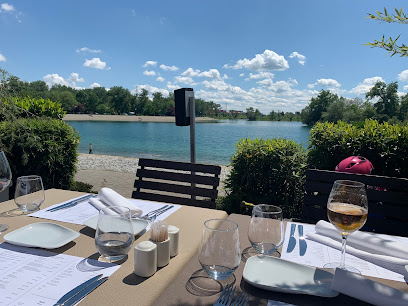
Pizza Slavonija
1.6 km
Discover authentic Croatian pizza at Pizza Slavonija in Zagreb—a delightful diner experience filled with local flavors and friendly vibes.
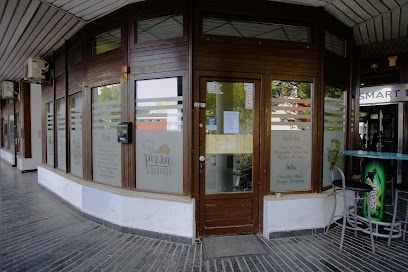
Pizzeria Helena
1.7 km
Experience authentic Italian pizza in Zagreb at Pizzeria Helena – where every slice tells a story!
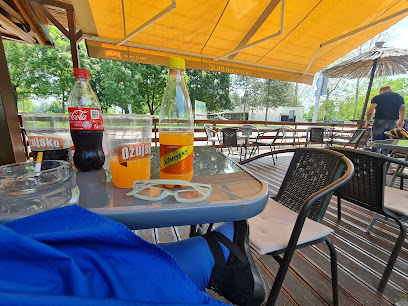
Pri zvoncu
1.7 km
Experience authentic Croatian cuisine in Zagreb at Pri zvoncu - where every dish is a celebration of local flavors.
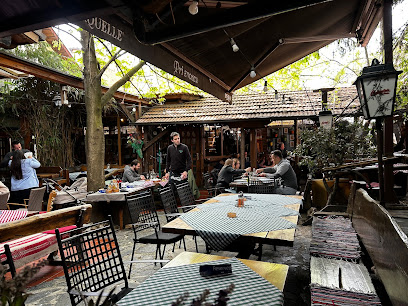
Pizzeria Dalmatino
1.8 km
Discover authentic Croatian flavors at Pizzeria Dalmatino in Zagreb—where each slice tells a story.
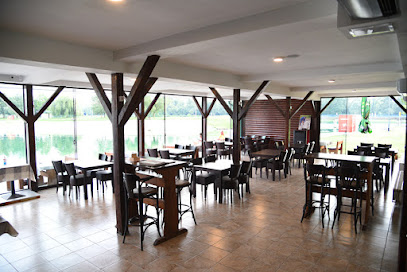
Basta Gourmet Bar Jarun
2.0 km
Discover authentic Italian flavors at Basta Gourmet Bar Jarun, where culinary excellence meets stunning lakeside views in Zagreb.
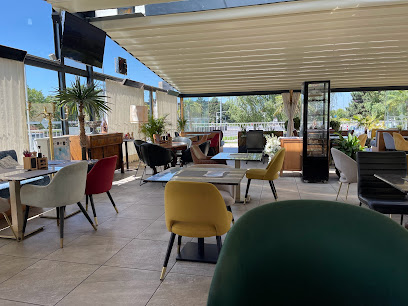
Jarunski Dvori
2.3 km
Experience authentic Croatian flavors at Jarunski Dvori in Zagreb—where tradition meets modern cuisine amidst a warm and inviting atmosphere.
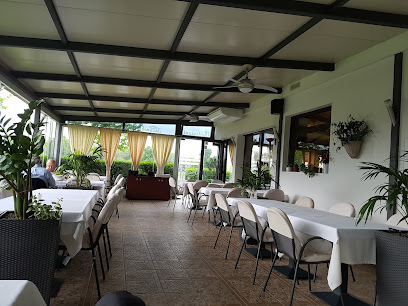
Restoran Pupa kod Ljubice
2.4 km
Discover authentic Croatian flavors at Restoran Pupa kod Ljubice in Zagreb - a culinary delight awaits every visitor!
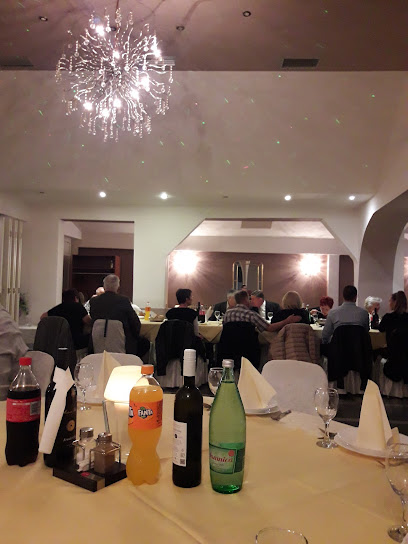
Jarunska Oaza
2.8 km
Experience authentic Croatian cuisine at Jarunska Oaza – where every meal tells a story amidst picturesque surroundings.
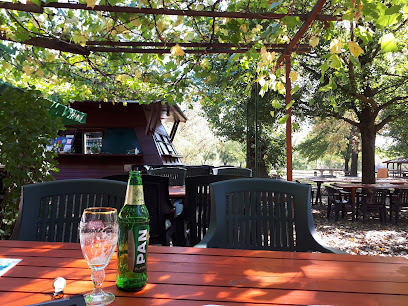
Fidel Gastro
2.8 km
Experience exquisite dining at Fidel Gastro in Zagreb – where local flavors meet culinary creativity in an unforgettable setting.
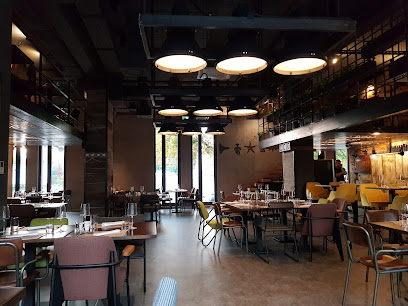
Le Bistro Esplanade
3.0 km
Discover the flavors of Croatia at Le Bistro Esplanade, where traditional cuisine meets modern dining elegance in Zagreb.

Zinfandel's Restaurant
3.0 km
Experience the epitome of fine dining at Zinfandel's Restaurant in Zagreb, where gourmet cuisine meets elegant ambiance.
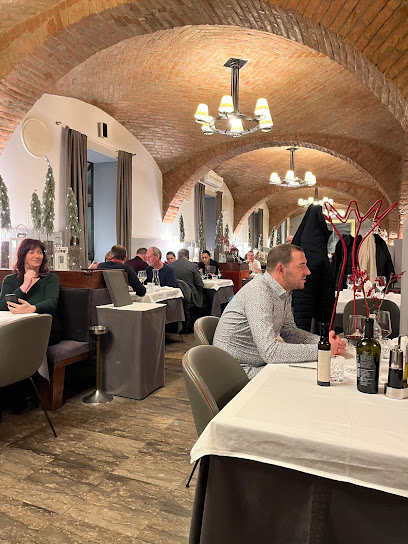
Gallo
3.2 km
Indulge in exquisite Croatian cuisine at Gallo, an upscale restaurant in Zagreb known for its elegant atmosphere and exceptional service.
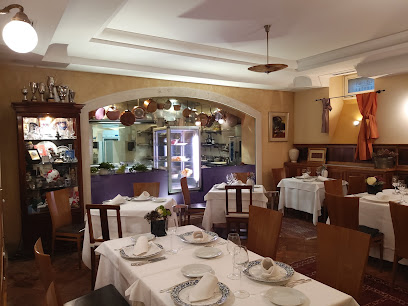
Markets, malls and hidden boutiques
Arena Center
1.8 km
Discover the ultimate shopping experience at Arena Center, Zagreb's vibrant hub for shopping, dining, and entertainment.

Avenue Mall
2.0 km
Experience the ultimate shopping adventure at Avenue Mall, Zagreb's premier destination for fashion, dining, and entertainment.

Martimex
2.0 km
Explore the exquisite world of fragrances and beauty at Martimex, Zagreb's premier perfume store offering a unique shopping experience.

Empirya shop
2.0 km
Explore Empirya Shop in Zagreb for the latest in women's fashion, offering a curated collection that combines style, quality, and unique designs.

Gligora Cheese Jarun
2.2 km
Discover the finest artisanal cheeses and gourmet delights at Gligora Cheese Jarun in Zagreb, where Croatian culinary traditions come to life.
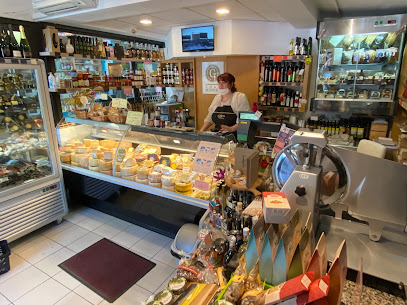
Studenac Market
2.2 km
Explore the authentic Croatian flavors at Studenac Market in Zagreb, where local produce meets community spirit in a vibrant shopping atmosphere.

Kvart Market - Jarun 2
2.2 km
Discover the charm of Zagreb at Kvart Market - your go-to convenience store for local delights, snacks, and essentials in Jarun.

DM-INT D.O.O.
2.3 km
Explore DM-INT D.O.O. in Zagreb for unique gifts, local crafts, and a taste of authentic Croatian artistry.

Kvart Market - Jarun
2.6 km
Experience the local flavors and vibrant atmosphere at Kvart Market in Jarun, a must-visit grocery destination in Zagreb for every traveler.
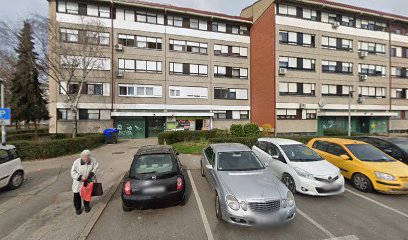
Museum Shop
3.0 km
Explore the Museum Shop in Zagreb for unique gifts that embody the spirit of Croatian culture and craftsmanship.
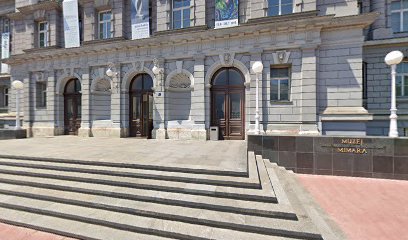
Volim Ljuto shop
3.0 km
Explore Volim Ljuto Shop in Zagreb for an unforgettable journey through Croatia's finest spices and gourmet delights, perfect for every food lover.

Fancy Stuff - Importanne Centar - 2 trgovine
3.1 km
Explore trendy women's fashion at Fancy Stuff in Importanne Centar, Zagreb, where style meets comfort in a vibrant shopping experience.

Point Shopping Center
3.3 km
Experience the best of shopping and entertainment at Point Shopping Center, Zagreb's bustling retail hub with diverse brands and dining options.

Staccato - Porsche Design
3.3 km
Experience luxury shopping at Staccato - Porsche Design in Zagreb, where elegance meets exceptional craftsmanship in every unique gift.
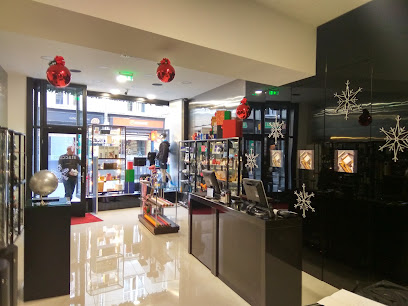
RENTIME
3.3 km
Explore RENTIME Gift Shop in Zagreb for unique souvenirs and local crafts that capture the essence of your Croatian adventure.

Essential bars & hidden hideouts
Hendrick's Gin Garden
0.5 km
Experience the enchanting atmosphere of Hendrick's Gin Garden, a must-visit cafe and gin bar in Zagreb with exquisite cocktails and lush surroundings.
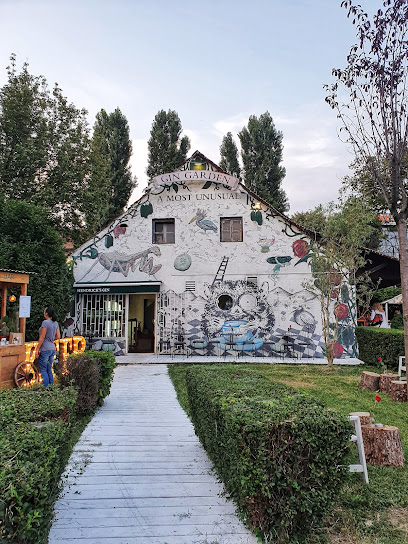
River pub
0.5 km
Discover River Pub: A vibrant Croatian restaurant and live music venue in Zagreb, perfect for enjoying local flavors and nightlife.
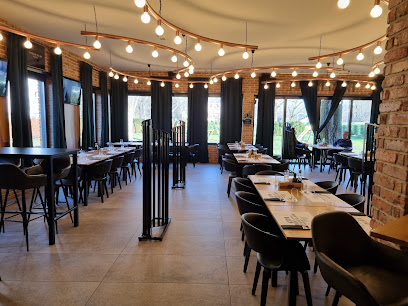
Vintage Industrial Bar
0.8 km
Experience Zagreb's vibrant nightlife at Vintage Industrial Bar, where rock music meets serene garden vibes for a truly unique outing.
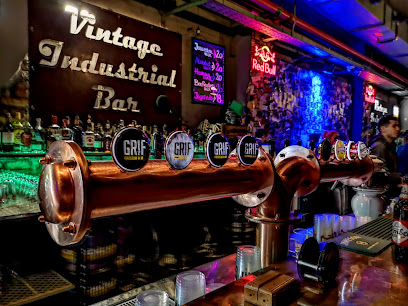
Bikers Beer Factory
0.9 km
Explore the vibrant atmosphere of Bikers Beer Factory in Zagreb, where craft beers, delicious food, and nightlife come together for an unforgettable experience.
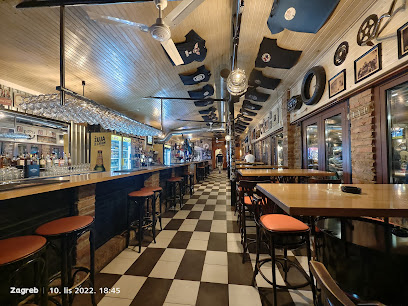
Papillon Bar Zagreb
1.2 km
Experience the vibrant atmosphere and diverse drink selection at Papillon Bar, a favorite spot for both locals and tourists in Zagreb.

Aruba
1.5 km
Experience the enchanting beauty and lively culture of Aruba, where sun-soaked beaches meet vibrant nightlife and rich Caribbean heritage.

Pattaya Beach House
1.6 km
Experience the lively atmosphere of Pattaya Beach House, a top bar in Zagreb offering delightful drinks and a vibrant social scene.
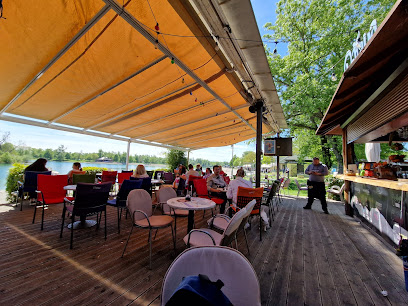
CHIC bar&more
1.9 km
Discover Zagreb's nightlife at CHIC bar&more, a stylish bar offering a diverse drink menu and lively atmosphere for a perfect night out.
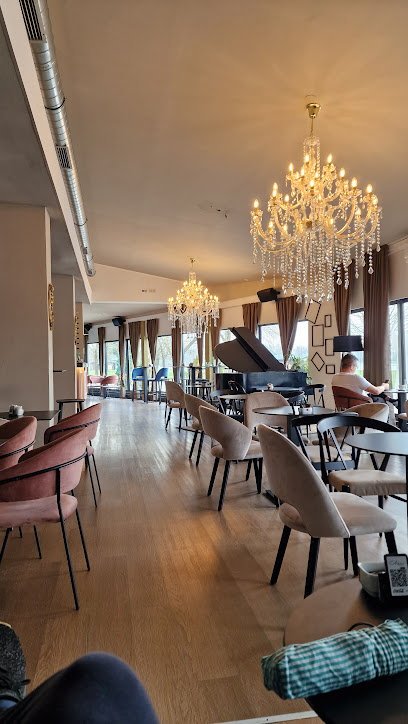
Landsky bar
2.0 km
Discover the vibrant ambiance and spectacular views at Landsky Bar in Zagreb, perfect for cocktail lovers and night owls.
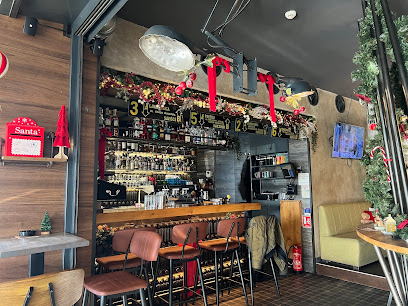
Coffee bar Egoist
2.2 km
Discover the charm of Coffee Bar Egoist in Zagreb, where exquisite coffee meets a cozy atmosphere for a perfect cafe experience.
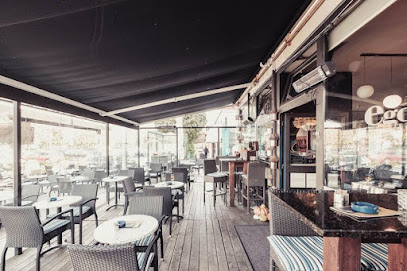
Eat Me
2.3 km
Discover the vibrant atmosphere and innovative cocktails at Eat Me, the must-visit bar in Zagreb for a memorable night out.
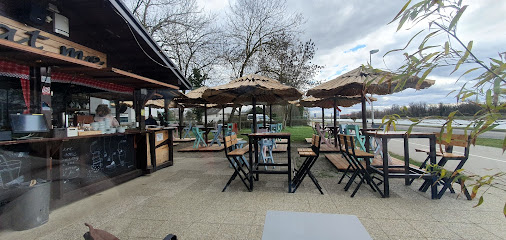
Public Bar
2.9 km
Experience the vibrant nightlife of Zagreb at Public Bar, where excellent drinks and a lively atmosphere await you.
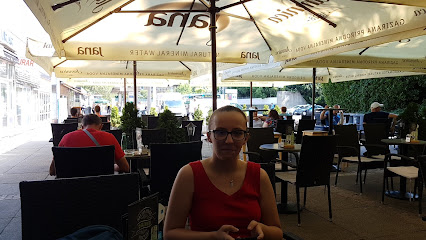
Jiggy – Music Bar & Food
2.9 km
Experience the vibrant nightlife of Zagreb at Jiggy – a lively music bar offering fantastic food and a warm atmosphere.
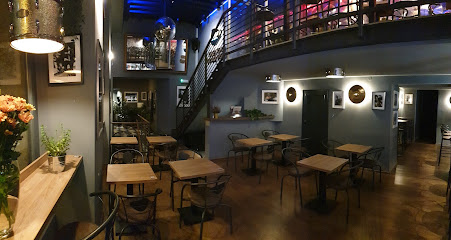
Pločnik
3.0 km
Explore Pločnik in Zagreb - a unique bar blending craft beer, live music, and a vinyl shop for an unforgettable nightlife experience.
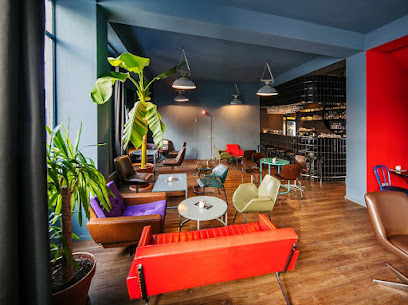
The Bar
3.1 km
Discover the lively atmosphere and delightful drinks at The Bar, a top destination for nightlife enthusiasts in Zagreb.




